The Tesla yoke steering wheel has gained popularity on the Model 3 and Model Y due to its futuristic design and unique driving experience. Unlike the traditional steering wheel, the yoke offers a more open cockpit and enhanced visibility, appealing to those seeking a modern touch in their driving routine. The Tesla yoke vs wheel debate often highlights the yoke's innovative approach to steering, which some find more intuitive and engaging. This design choice aligns with Tesla's commitment to pushing automotive boundaries, making the yoke a standout feature for enthusiasts of cutting-edge technology.
Futuristic Design
In the realm of futuristic design, the Tesla yoke vs wheel debate represents a pivotal shift in automotive aesthetics and functionality. The Tesla yoke, with its minimalist, aeronautical-inspired design, offers a bold departure from traditional steering wheels. This innovation aims to enhance driver engagement and provide a more streamlined cockpit experience. While some may favor the familiar Tesla wheel for its conventional comfort and ease of use, the yoke’s advanced design promises a glimpse into the future of driving. This contrast highlights Tesla's commitment to pushing boundaries and redefining the norms of automotive design.

Improved Visibility
When comparing the steering yoke vs wheel, one of the key benefits of the yoke is its improved visibility. The steering yoke's design provides an unobstructed view of the instrument panel and the road ahead, unlike traditional steering wheels which can sometimes block parts of the display or limit your sightline. This enhanced visibility helps drivers maintain better awareness of their surroundings, leading to safer driving experiences. Additionally, the streamlined shape of the yoke can make it easier to access the vehicle’s controls without having to adjust your grip, further improving overall driving comfort and control.
Increased Focus on Autonomous Driving
In recent years, there has been a significant increase in focus on autonomous driving technology. As automakers push the boundaries of innovation, one key aspect of this evolution is the transition from traditional steering wheels to more futuristic alternatives like the steering yoke. Unlike the conventional steering wheel, the steering yoke offers a unique driving experience by providing a more direct and intuitive control over the vehicle's direction. This design change is particularly relevant in the context of autonomous driving, where the traditional steering wheel may become less critical as the vehicle takes on more driving responsibilities. The steering yoke's compact form and streamlined design are not only intended to enhance driver interaction when manual control is needed but also to optimize space within the cabin. As vehicles increasingly integrate advanced driver-assistance systems (ADAS) and move towards full autonomy, the debate between steering yoke vs wheel becomes more pertinent. This shift underscores a broader trend towards redefining vehicle control interfaces to better accommodate emerging technologies and improve overall driving safety and efficiency.
Unique Driving Experience
The Tesla Model 3 yoke steering wheel delivers a unique driving experience unlike any other. Its distinctive design not only enhances the vehicle’s futuristic aesthetic but also redefines control dynamics. With the Model 3 yoke steering wheel, drivers enjoy an unobstructed view of the road and an intuitive grip that adapts seamlessly to modern driving needs. This innovative steering solution improves maneuverability and offers a fresh take on vehicle handling, making every journey a remarkable adventure. Embrace the future of driving with the Model 3 yoke steering wheel and experience a new level of automotive engagement.

Ergonomics and Functionality
When comparing the Tesla yoke vs steering wheel, ergonomics and functionality are key considerations. The Tesla yoke offers a futuristic design with a unique grip, potentially enhancing driving comfort and visibility. Its shape may reduce hand movement and improve accessibility to control buttons. On the other hand, traditional steering wheels are familiar and widely accepted for their intuitive handling and comfortable grip. While the Tesla yoke aims to provide a cutting-edge driving experience, the conventional steering wheel remains a standard for its proven effectiveness and ease of use. Drivers must weigh these factors to choose the best fit for their driving style.
Tech-Driven Controls
In the debate of Tesla yoke vs steering wheel, tech-driven controls are a key differentiator. Tesla's yoke, with its futuristic design, integrates advanced functionalities directly into the control apparatus, allowing drivers to manage various vehicle settings with ease. This contrasts starkly with the traditional steering wheel, which relies on physical buttons and knobs. The yoke's innovative approach simplifies the interface by merging multiple controls into a single, sleek design, enhancing both aesthetics and usability. As technology advances, the Tesla yoke represents a significant shift towards more integrated and intuitive driving experiences compared to conventional steering wheels.
Trendsetting Factor
The Tesla Model 3 yoke steering wheel is a prime example of how innovation can reshape automotive design. Unlike traditional steering wheels, the yoke steering wheel offers a futuristic look that not only enhances the vehicle's aesthetic but also its functionality. This bold design choice reflects Tesla’s commitment to pushing the boundaries of conventional car interiors.
The Model 3 yoke steering wheel is more than just a striking visual element; it represents a shift towards a more immersive driving experience. With its unique shape, drivers benefit from an unobstructed view of the instrument cluster, allowing for a clearer focus on essential driving information. The yoke steering wheel also integrates advanced controls and touch-sensitive buttons, which streamline interactions and reduce the need for physical switches.
Furthermore, this trendsetting feature highlights Tesla’s dedication to redefining user interface technology. By removing the traditional circular steering wheel, Tesla has paved the way for new, innovative approaches to vehicle control and driver engagement. The Model 3 yoke steering wheel is a testament to Tesla’s role as a pioneer in the automotive industry, setting new standards for design and functionality that other manufacturers may soon follow.


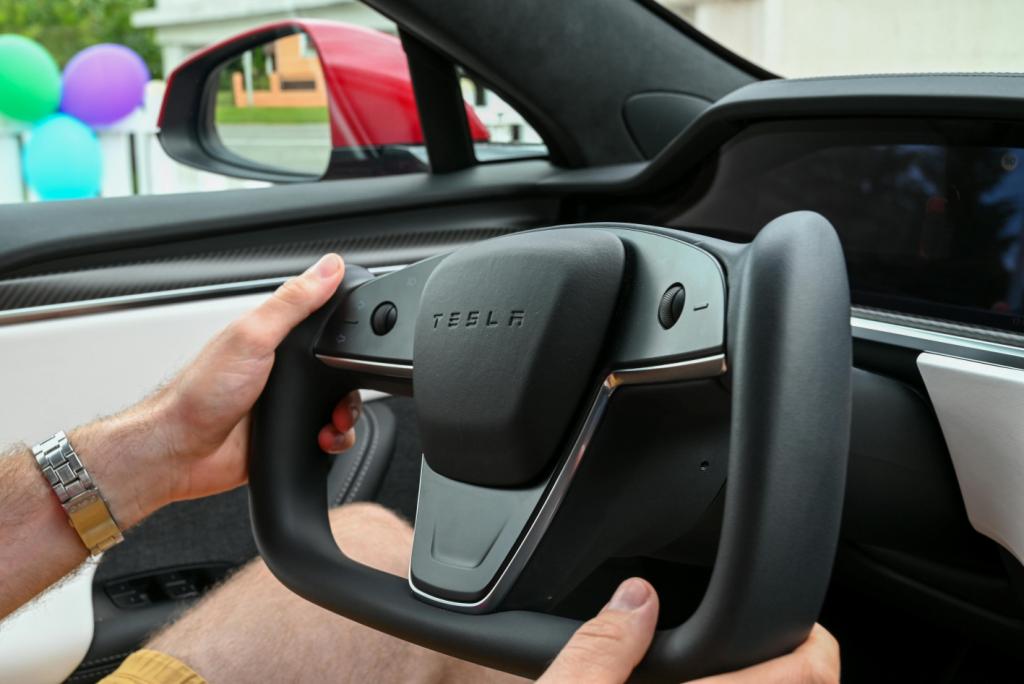

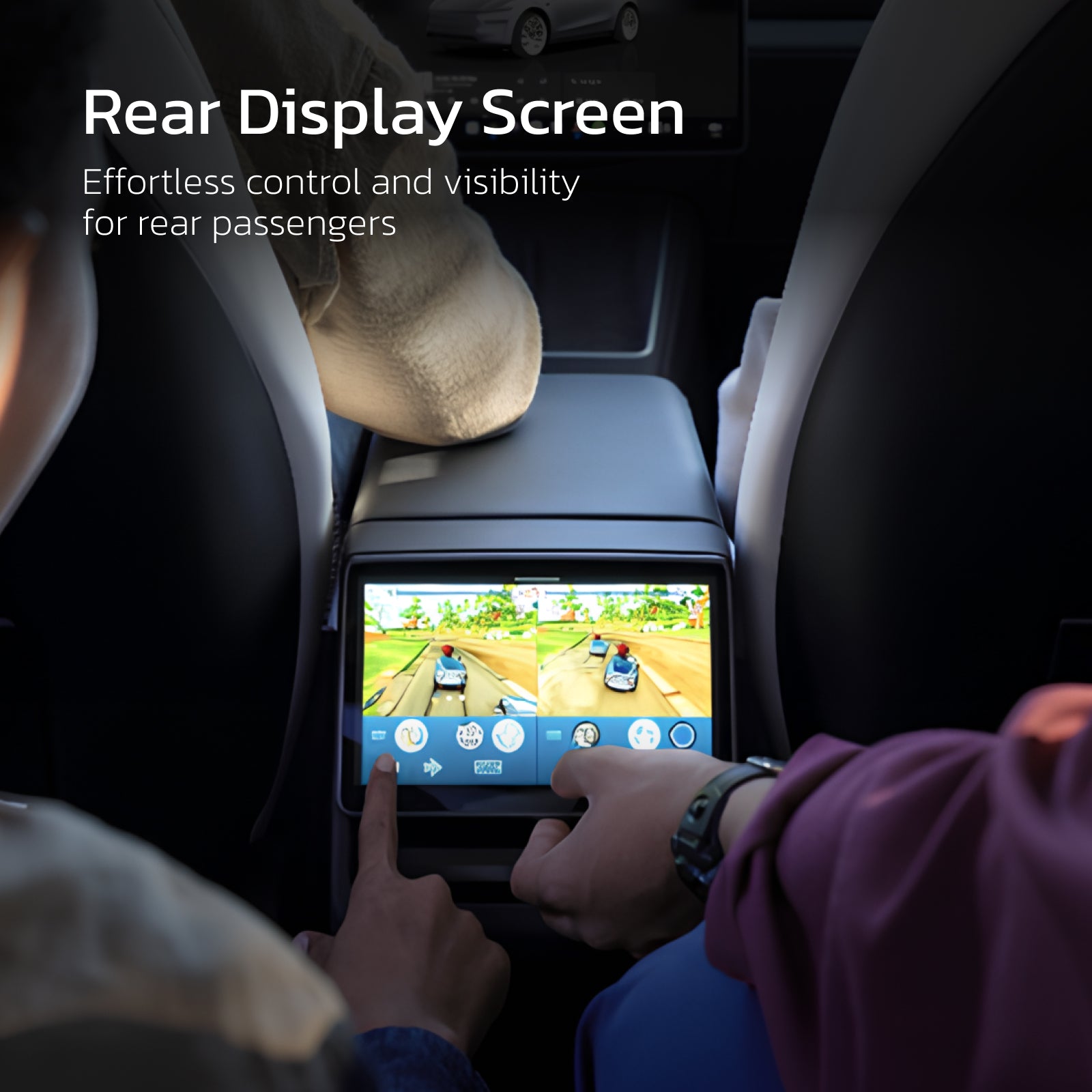
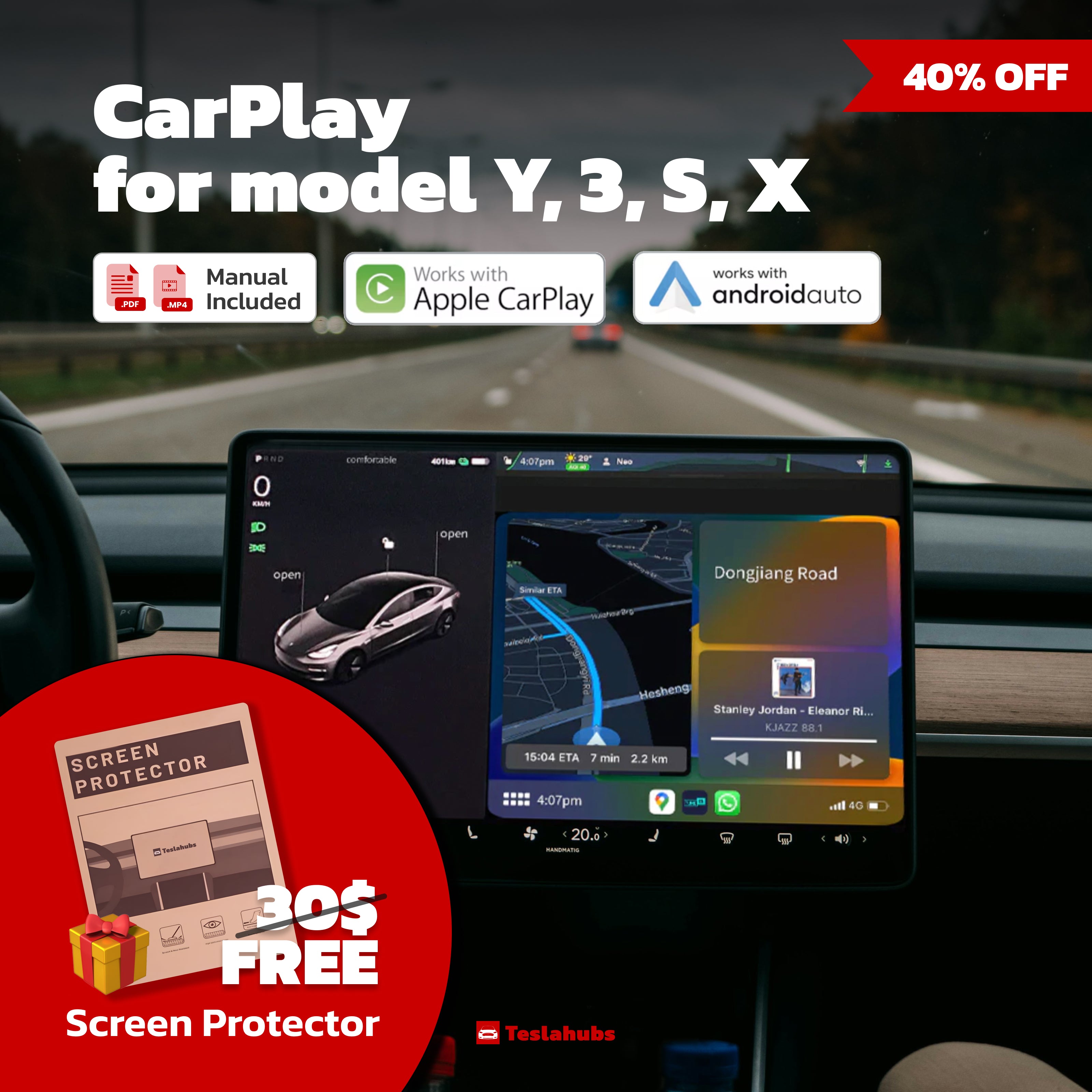

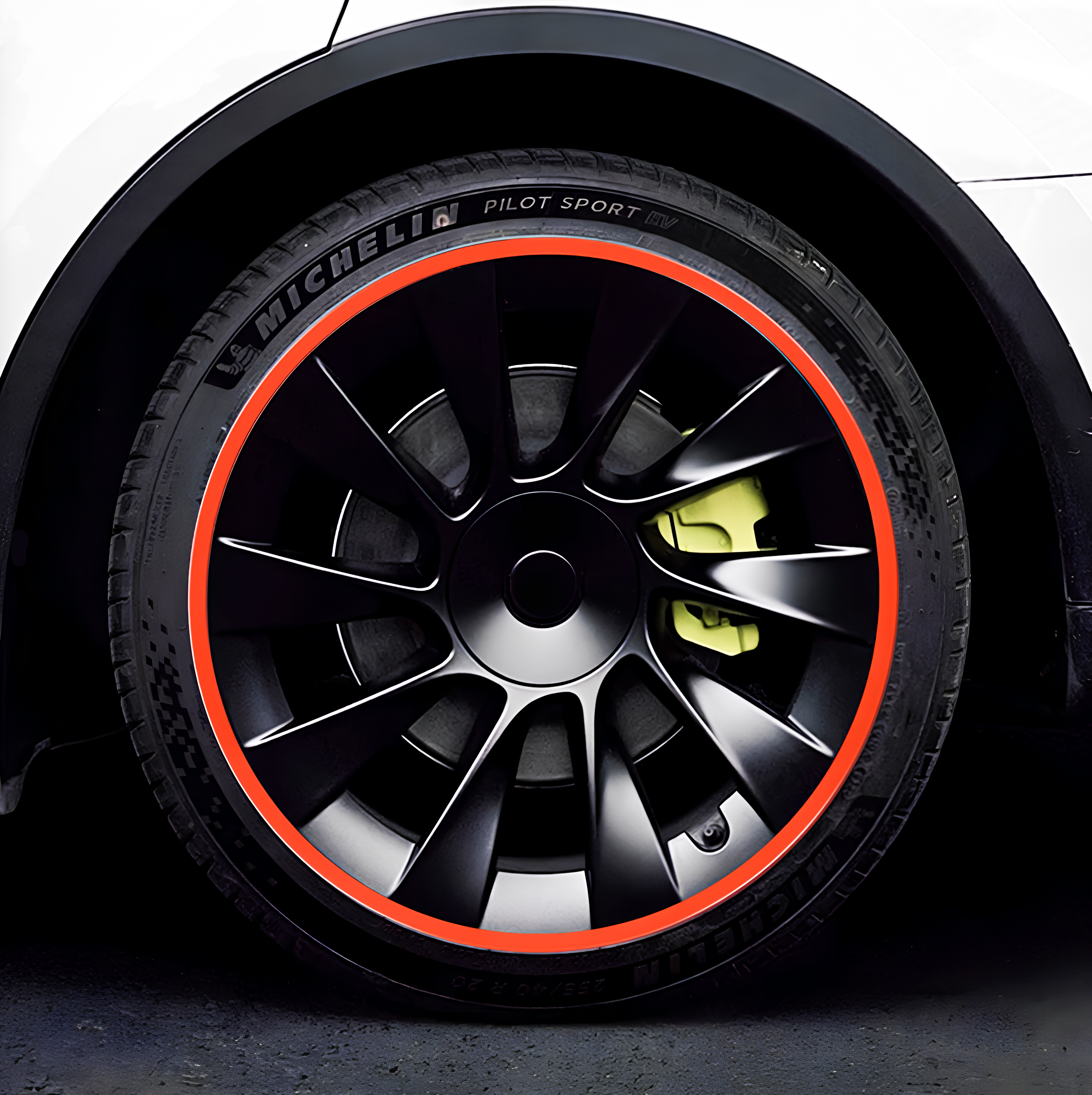
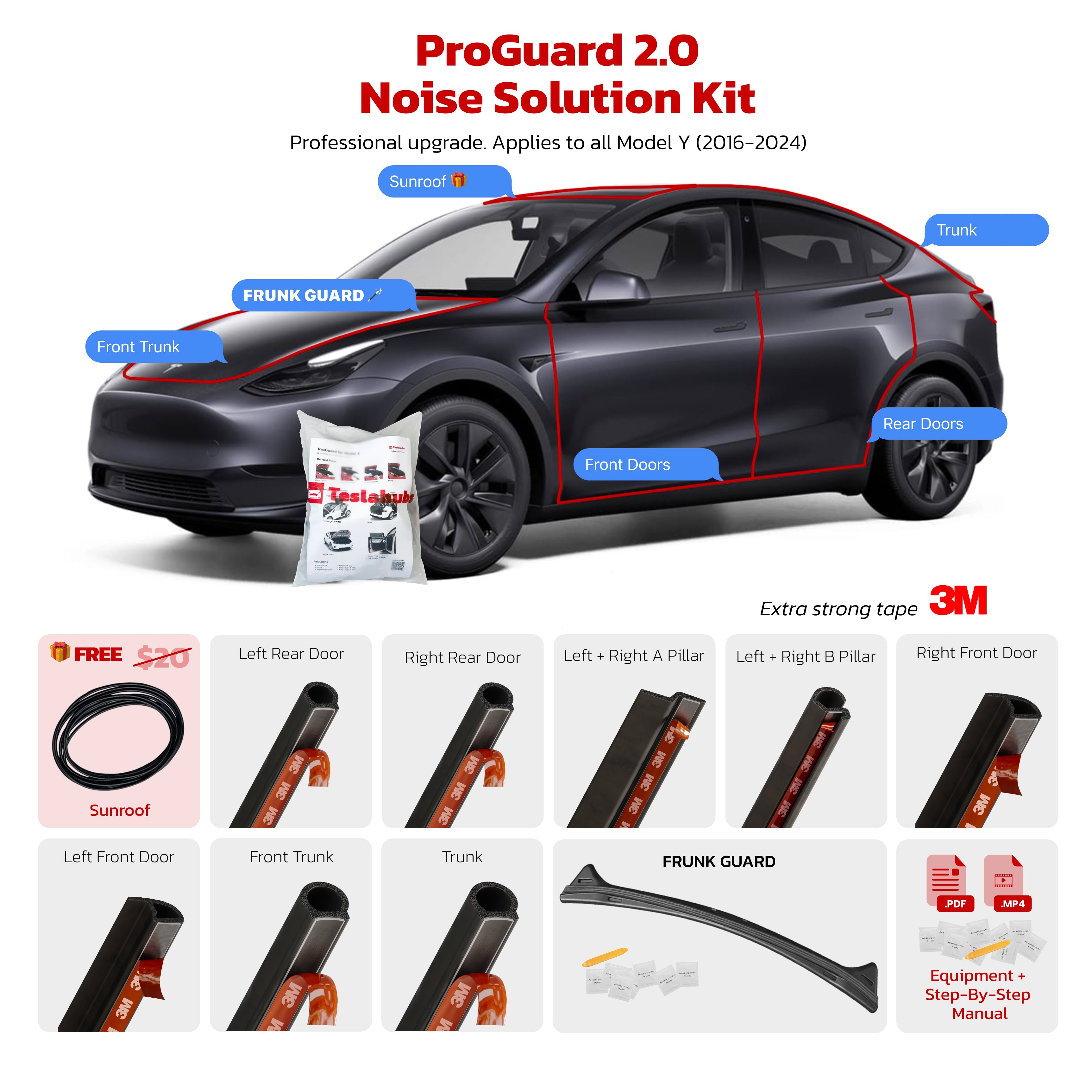
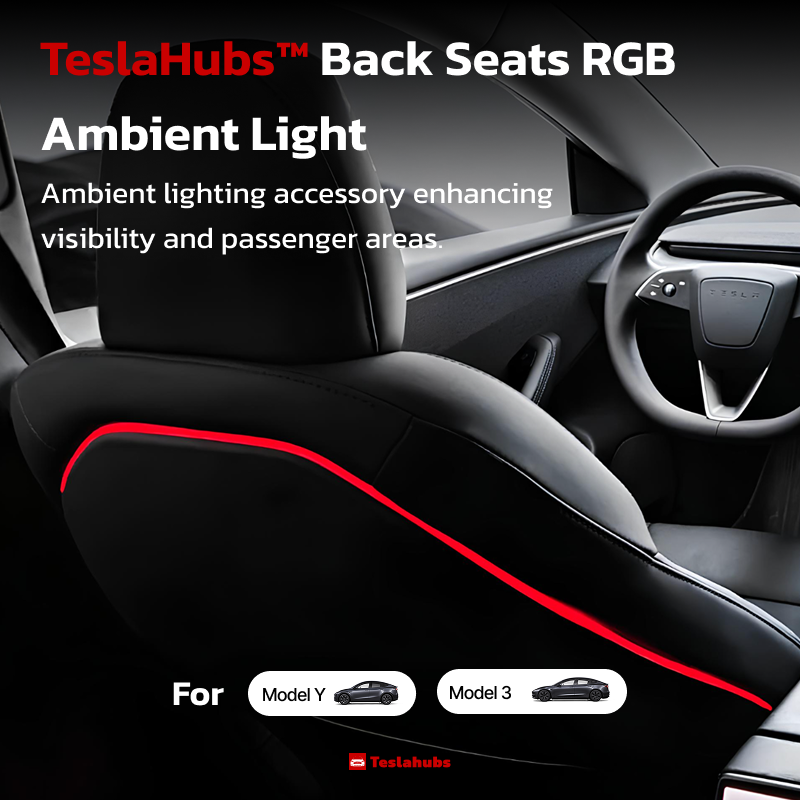
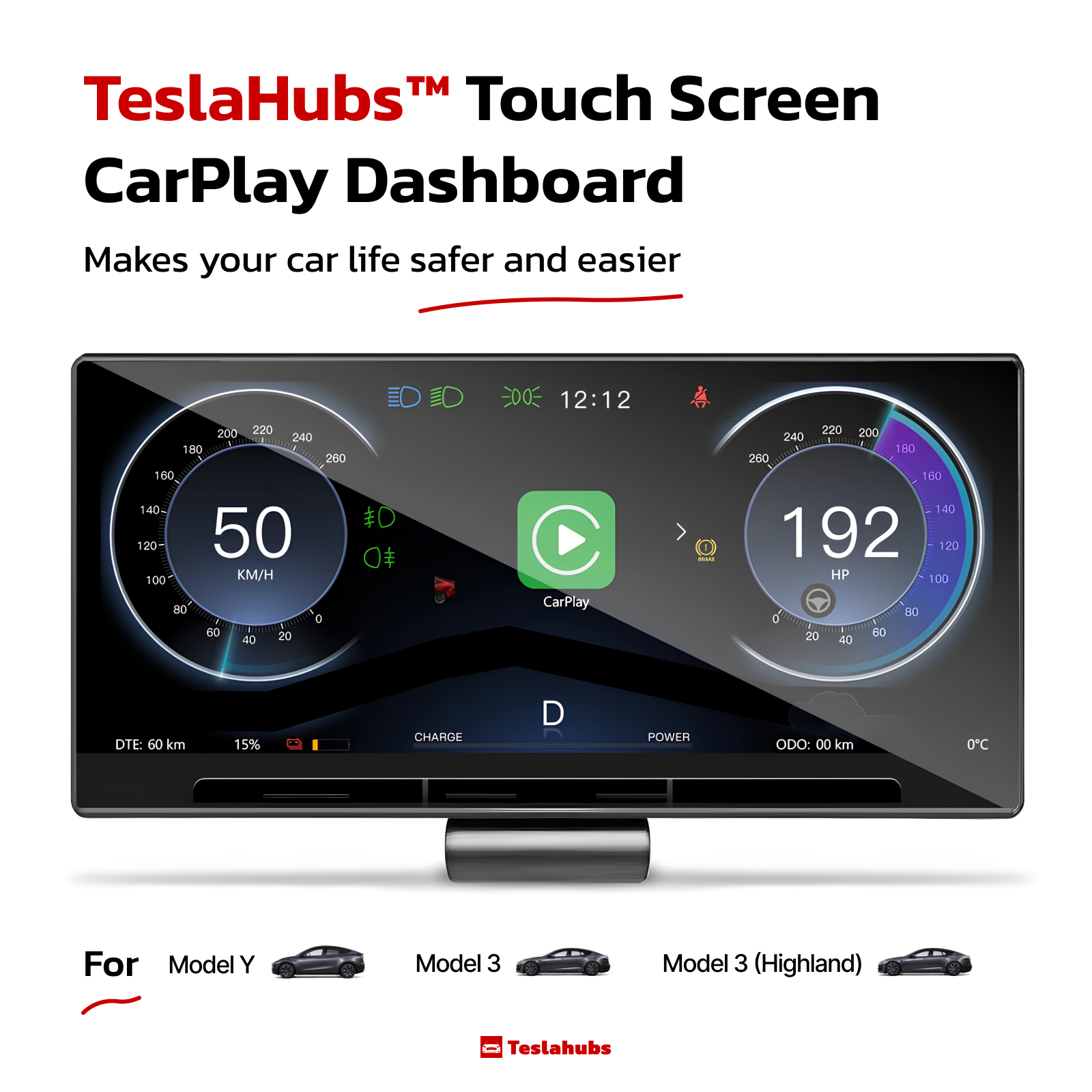

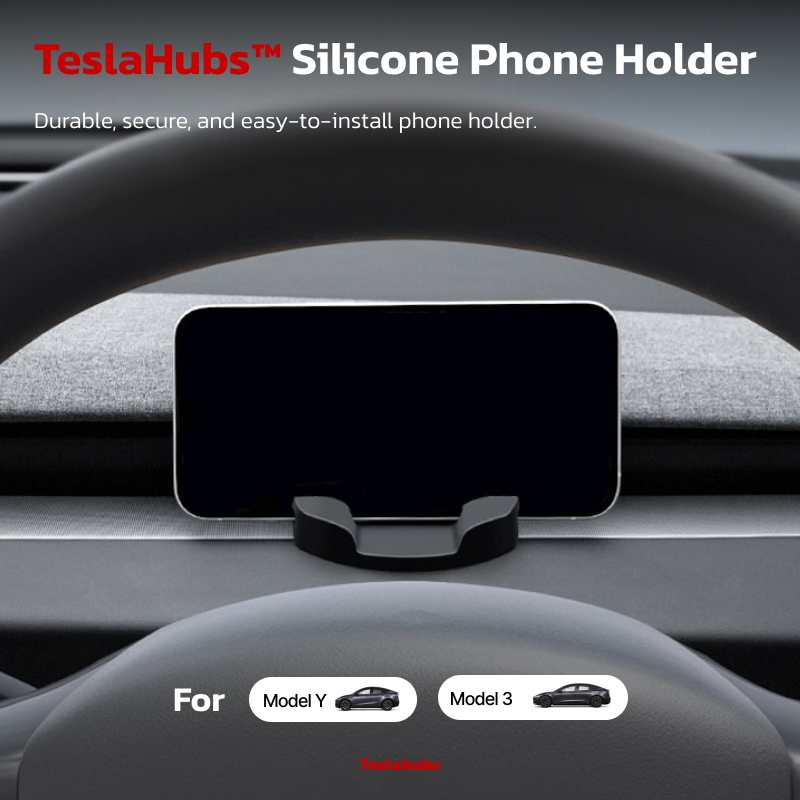
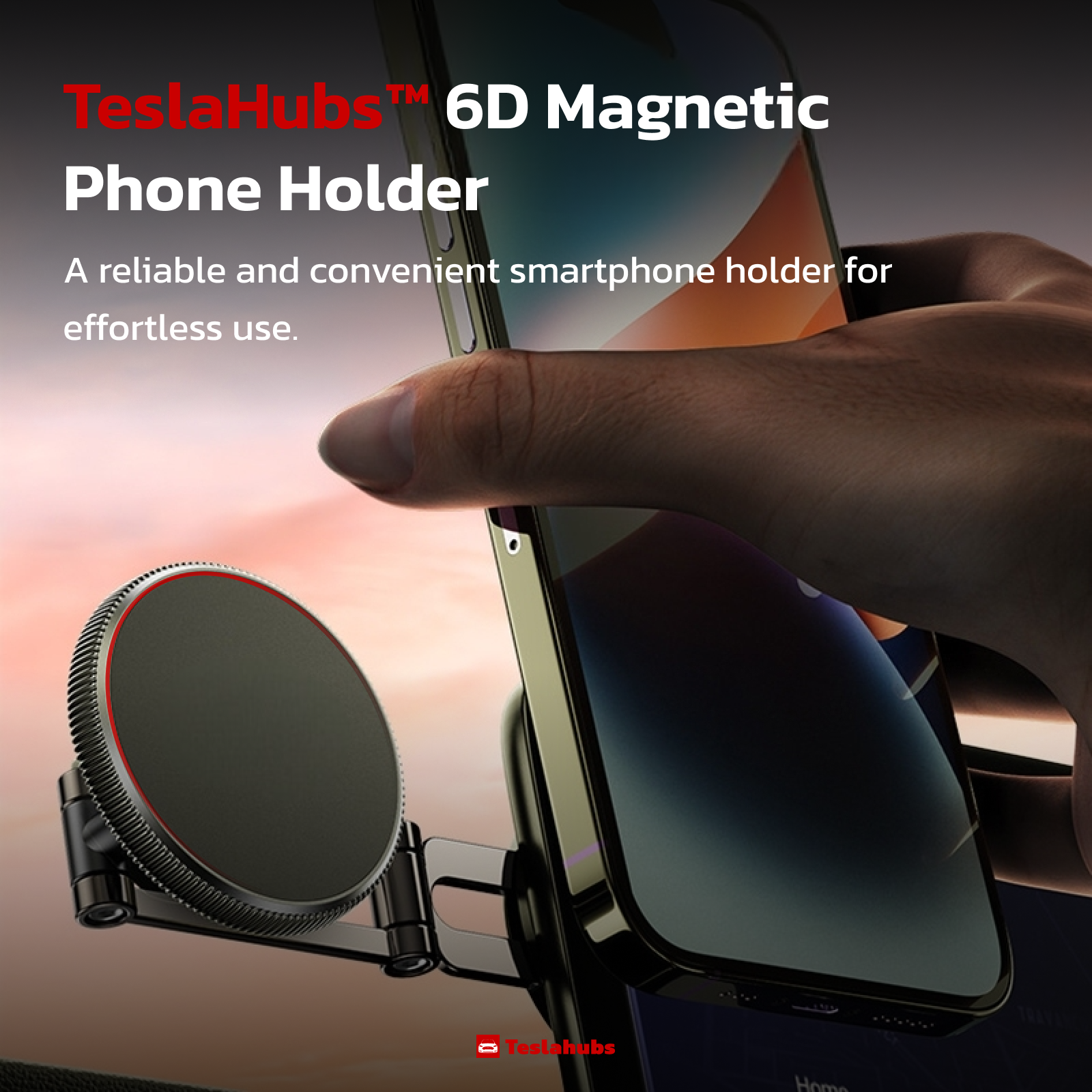
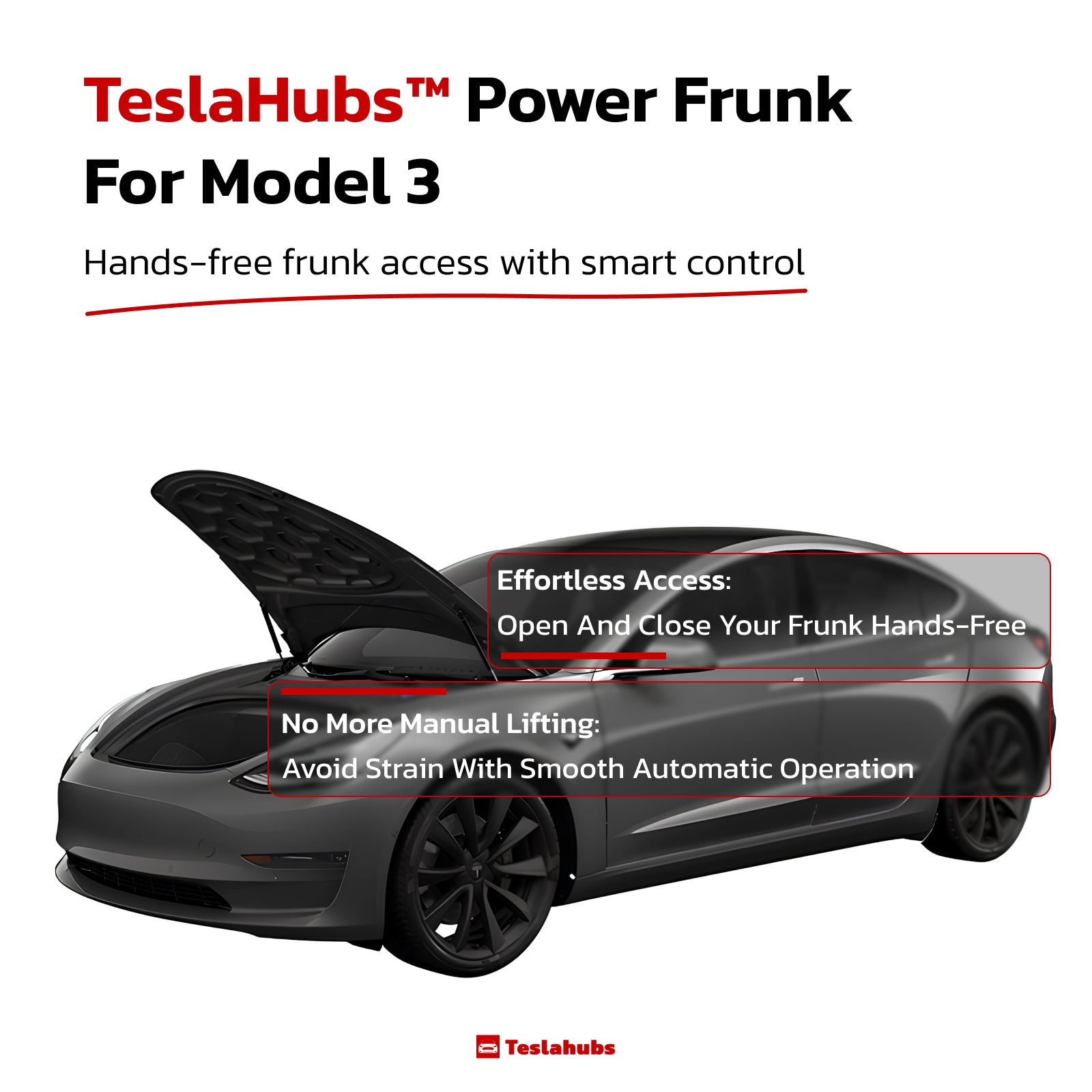
Condividi:
Comparing the New Tesla Model 3 to the Old One: A Side-by-Side Look at All the Changes
Discover the Best Roof Rack for the Tesla Model Y